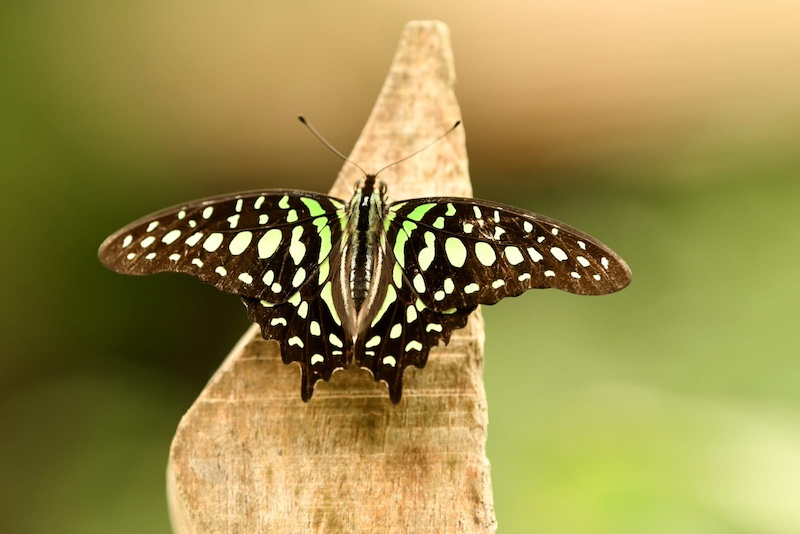Butterflies are one of nature’s most fascinating and beautiful creatures. With their vibrant colors and graceful flight, they’ve captured the admiration of people all over the world. But beyond their beauty, butterflies have many interesting characteristics that make them unique. Here are 10 intriguing facts about these delicate insects that you might not know.
1. Butterflies Taste with Their Feet
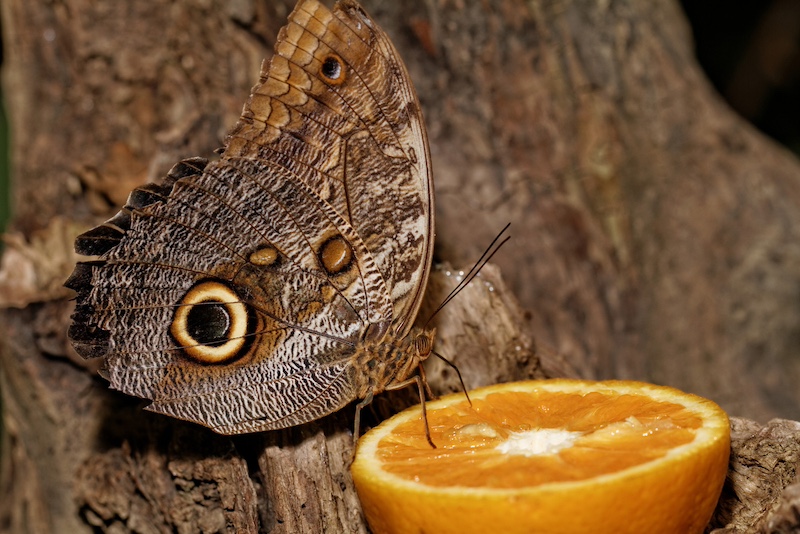
Unlike humans who use their tongues to taste, butterflies use their feet! Tiny sensors on their legs allow them to detect the sweetness of nectar when they land on flowers. This ability helps them determine if a plant is suitable for laying eggs or feeding.
2. They Have an Amazing Sense of Sight
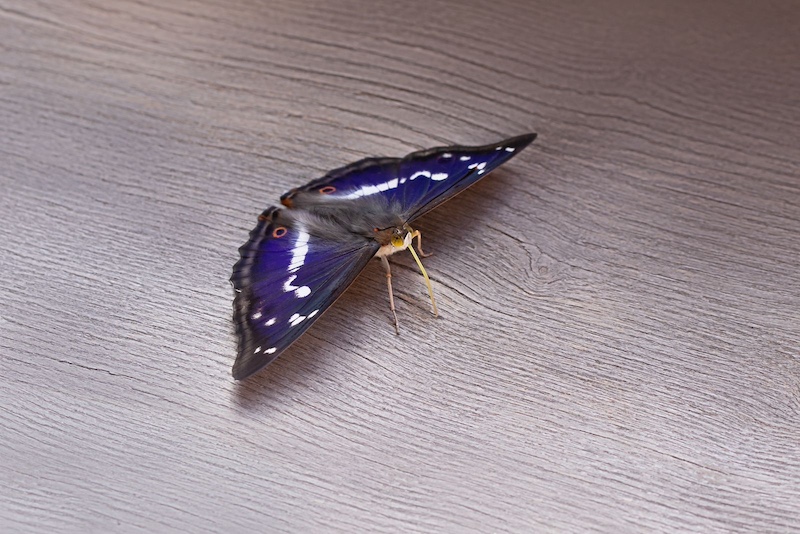
While human eyes are limited to seeing the three primary colors (red, blue, and green), butterflies have the ability to see ultraviolet light. This expanded color spectrum allows them to see patterns on flowers that are invisible to us, guiding them to nectar-rich areas.
3. Butterfly Wings Are Transparent
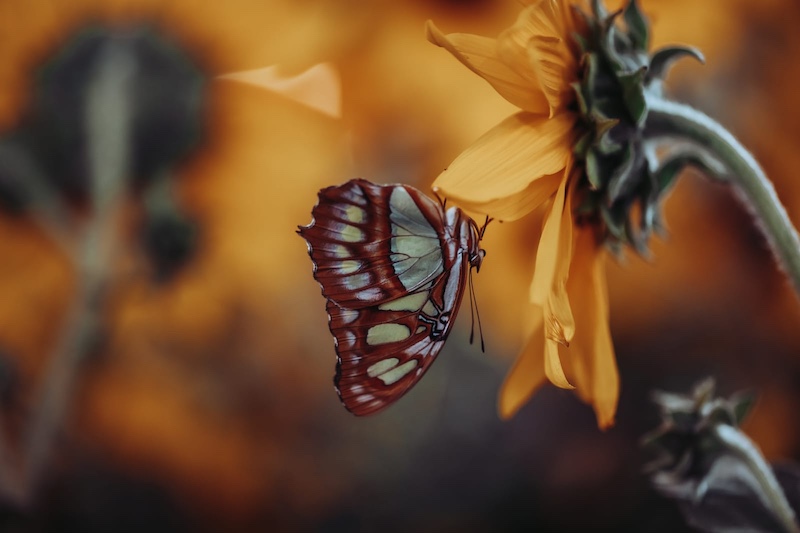
Despite their vivid colors and elaborate patterns, butterfly wings are actually transparent. The color we see comes from tiny scales that cover the wings. When light hits these scales, it reflects in different colors. Beneath those scales is a thin, transparent layer of wing membrane.
4. Some Butterflies Migrate Thousands of Miles
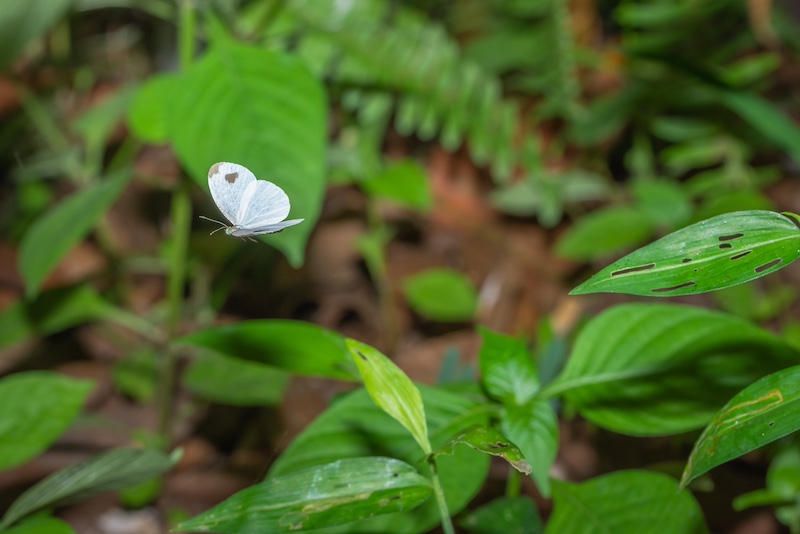
The monarch butterfly is famous for its epic migration journey. Every year, millions of monarchs travel from North America to central Mexico, covering as much as 3,000 miles. This incredible feat is one of the longest migrations in the animal kingdom.
5. Butterflies Can’t Fly in the Cold
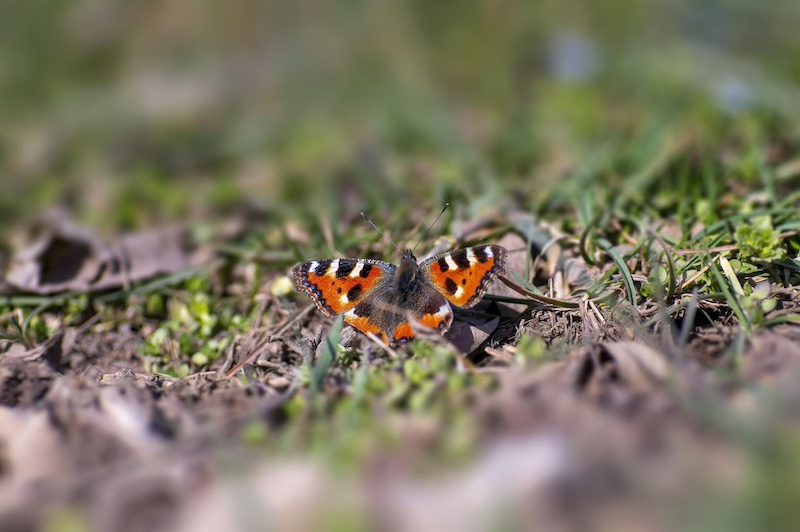
Butterflies are cold-blooded and rely on the warmth of the sun to fly. If their body temperature falls below 86°F (30°C), they are unable to flap their wings effectively. This is why you’ll often see butterflies basking in the sun to warm up before taking flight.
6. They Have a Short Lifespan
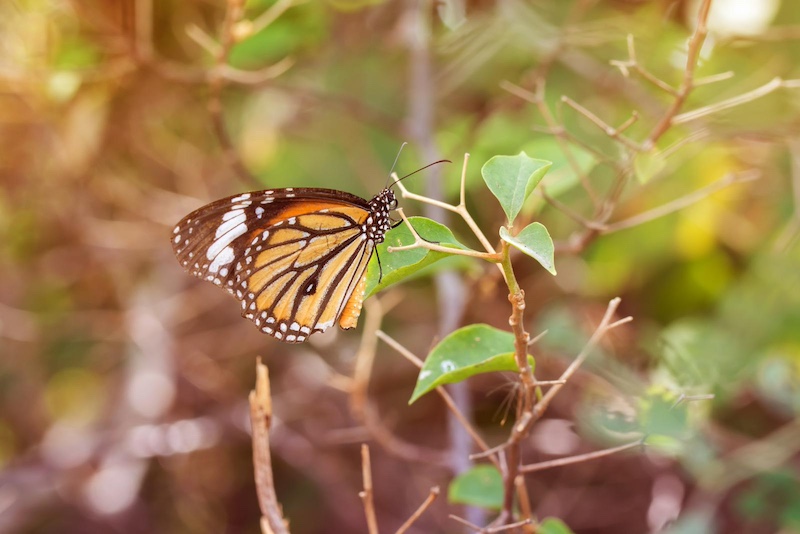
The lifespan of a butterfly varies greatly depending on the species, but most adult butterflies live only for a few weeks. Some, like the monarch, can live up to nine months if they are part of the migratory generation. Others, however, may only live for a few days after emerging from their chrysalises.
7. Butterflies Undergo Metamorphosis
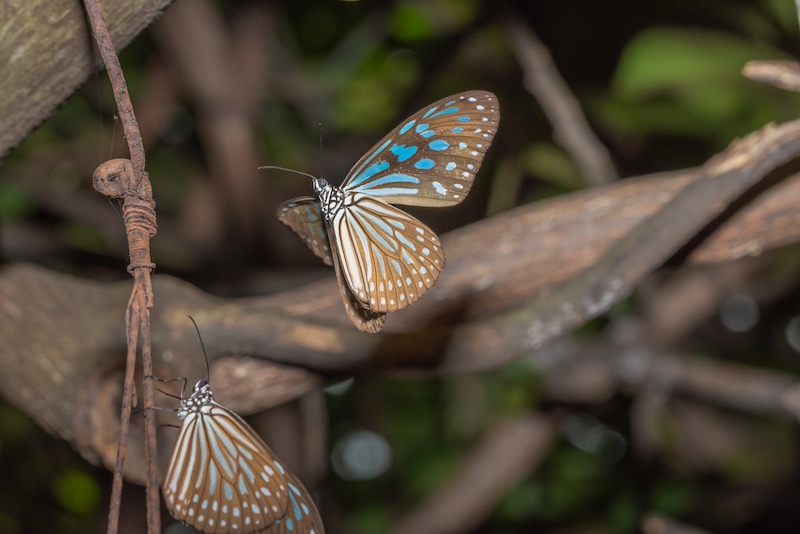
Butterflies undergo one of the most dramatic transformations in the animal kingdom. Starting as an egg, they hatch into caterpillars, then enter the pupal stage as a chrysalis. Inside the chrysalis, their bodies break down and reorganize, eventually emerging as fully formed butterflies. This process, known as metamorphosis, is both complex and awe-inspiring.
8. There Are Over 17,500 Species of Butterflies
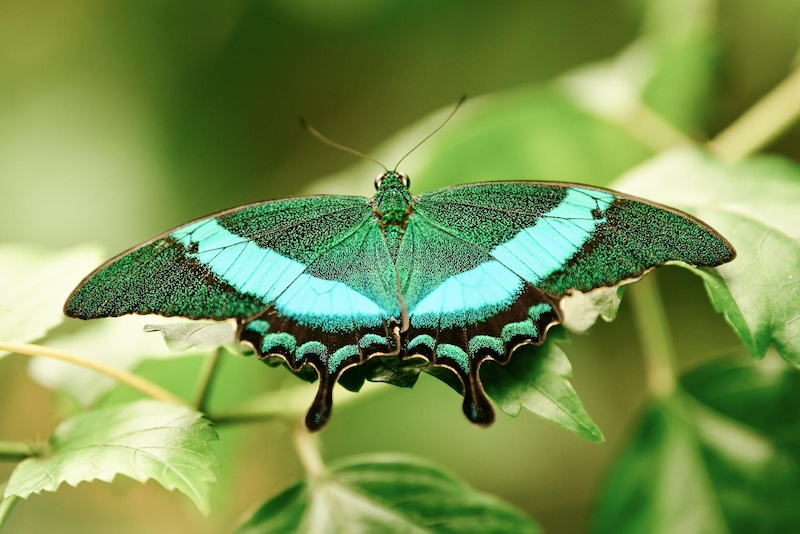
Butterflies are incredibly diverse, with more than 17,500 species identified worldwide. They are found on every continent except Antarctica, with tropical regions home to the greatest variety. Each species has unique characteristics, from colors and patterns to wing shapes and sizes.
9. Butterflies Are Important Pollinators
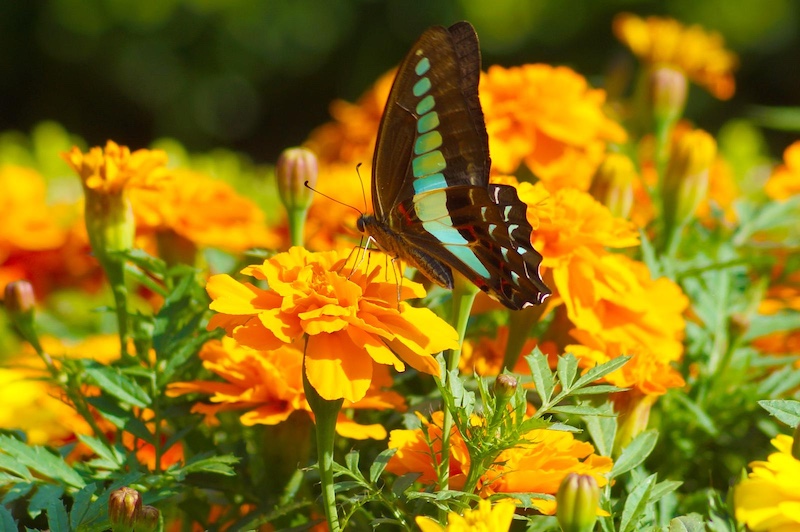
While bees often get the spotlight as pollinators, butterflies also play a significant role in pollination. As they move from flower to flower feeding on nectar, they inadvertently carry pollen, helping plants reproduce. This makes them essential to the health of ecosystems and agriculture.
10. Some Butterflies Drink Tears and Blood
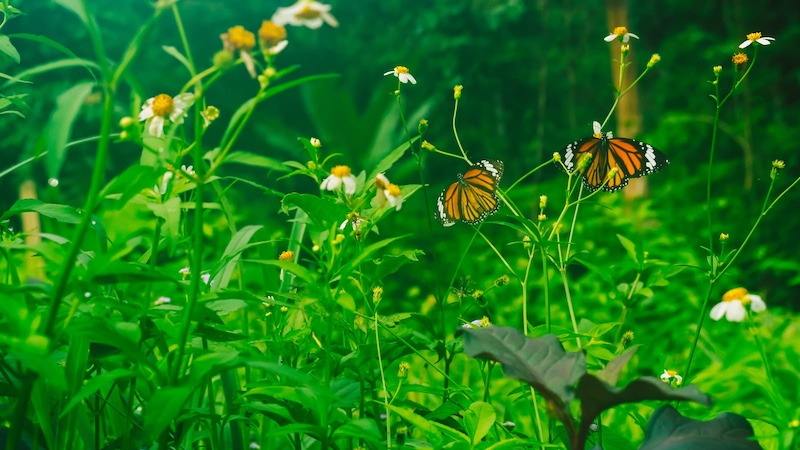
While most butterflies feed on nectar, some species have more unusual diets. Certain butterflies are known to drink the tears of animals, particularly reptiles and birds, to obtain nutrients like salt. Others have been observed feeding on rotting fruit, sweat, and even blood from open wounds of animals. Please Note: This content was created with the assistance of AI and thoroughly edited by a human before publishing.

